
 Labor Day parade in New York/Source
Labor Day parade in New York/Source 1914 parade in Indiana/Source
1914 parade in Indiana/SourceLabor unions first started appearing at that time- people knew they were stronger together as a community. They began organizing strikes and rallies to protest poor work conditions and evoke a renegotiation on working hours and pay. A turning point in American history occurred when 10,000 workers united in 1882 to form what we now call the first Labor Day parade. They all took an unpaid day off work to march from City Hall to Union Square in New York City, where they held a peaceful assembly.
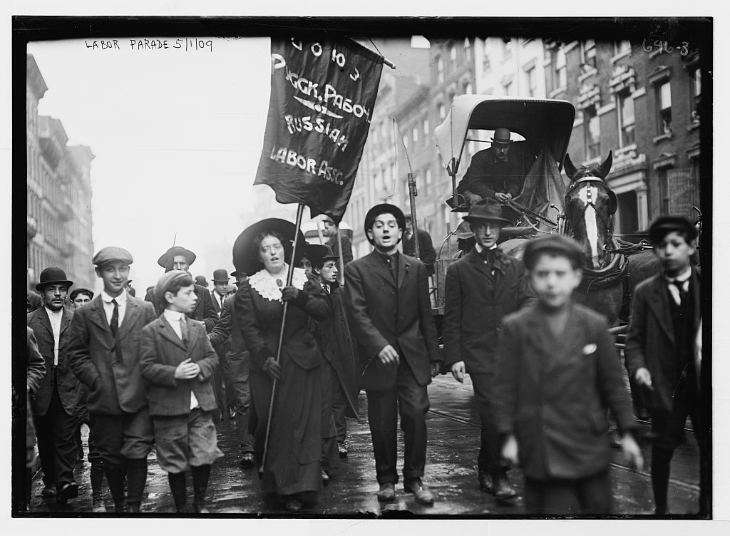 Russian Labor Association marching/Source
Russian Labor Association marching/Source Labor Day parade car in Montreal/Source
Labor Day parade car in Montreal/Source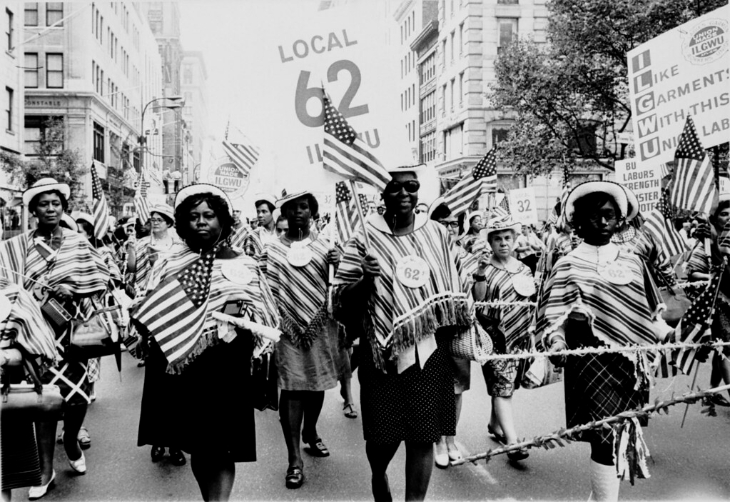 Members of the International Ladies' Garment Workers' Union marching/Source
Members of the International Ladies' Garment Workers' Union marching/Source
What Life Looks Like for British Royal Babies
Discover the cool and surprising facts about the Royal family's babies, the only babies in the world who are given passports at birth.

Everything You Didn't Know About Central Park
We're sharing all the nitty-gritty about Central Park's history, some facts you almost certainly didn't know, and some vintage iconic photos of the Park.

When GH Says F: Why Does This Occur?
We're meeting up on the corner of history and linguistics to learn why GH is pronounced as F.
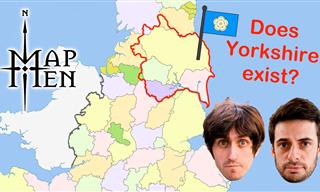 10:19
10:19
The Curious History of Counties in England
British counties have a long and complicated history. But this video explains it all in just 10 minutes, and with a bit of humor.
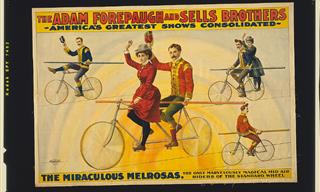
I Never Thought People Rode Bikes Like THESE
In this post, we'll stroll down the path of the bicycles' evolution, starting from 1418. In between, enjoy some vintage photos of bicycles from the 19th century.
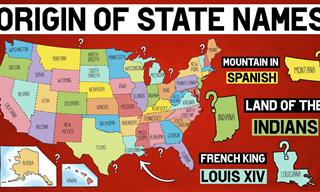 22:17
22:17
There Are Surprising Stories Behind Every US State’s Name
Learn the fascinating history behind the origin of each US state's name.

The 11 Best Meal Planning Apps to Help You Lose Weight
Fortunately, numerous apps can make meal planning—and potentially weight loss—much more achievable.

Cuticle Oil: What It Is and How to Make Your Own
Cuticle oil is a skincare product that can work wonders for the health and appearance of your nails and the skin surrounding them. You can purchase ready-made cuticle oil in stores or online, but making it at home is simpler than it seems.

10 Words that Mean the Opposite of What They Used to Mean
These meaning of words we know today used to have an opposite meaning when they were first used.
 6:24
6:24
Wow! It's Amazing What This Man Can Do On a Bike!
In this video, Danny MacAskill explores the rural landscape around Edinburgh on his trusty mountain bike. Check out some of the amazing tricks in this video.
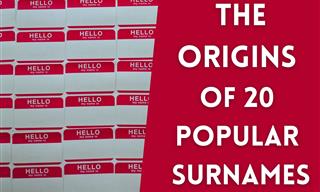
Can You Guess the Meaning of These 20 Common Surnames?
We kind of take surnames for granted, as they are just passed down to us. But every name has an origin and meaning, and some might surprise you.

12 Beautiful Facts About the Charming Act of Kissing
Such interesting facts about the act of kissing...

These Regulations Should be Adopted by Every Country!
There are weird laws in different parts of the world, but some of them are so amazingly beneficial, they should be put into use everywhere.

What's Portmanteau? Surprising Etymologies of Common Words
If If you have ever said the words brunch, sitcom or spam, you have used portmanteaus. This is the fascinating origins story of many common words...
 2:42
2:42
A Soulful Harp Cover of the Song 'The Sound of Silence'
Don't miss this soulful and dreamy harp cover of the classic song 'The Sound of Silence' by Simon & Garfunkel performed in a forest!
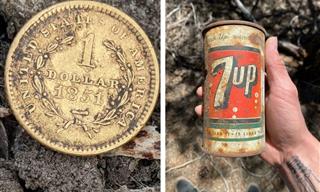
21 Incredible Items Unearthed by Metal Detectors
Metal detecting is a surprisingly popular hobby. Here are some of the coolest and most valuable items found by amateur metal detector hobbyists.
 6:15
6:15
John Williams Conducts the Theme Song from “Jurassic Park”
Watch legendary composer enthrall the audience as he conducts the famous theme music from “Jurassic Park”.

25 Old Photos That Show How Different the World Used To Be
Check out this amazing collection of vintage pictures that show us how much the world around us has changed.

6 Ways to Be Liked According to Top FBI Secret Agent
No one knows more about how to gain friends and trust than a top FBI secret agent. Here he provides 6 amazing rules to help you be loved by all.
 5:48
5:48
Watch This Dog Reunited With Her Owner. Bring a Hanky.
A video of Little Luna the dog being rescued by Hope For Paws and reunited with her owner.

24 Photos of Love & Kindness to Inspire Us All
These amazing photographs are just what you need to remind you about the most important things in life, kindness and love.

The Amber Room Is The World’s Greatest Lost Treasure
The whereabouts of the Amber Room is one of the biggest mysteries haunting the world since the end of World War II...
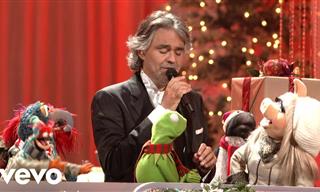 5:07
5:07
A Christmas Classic Sung Beautifully by Andrea Bocelli
Celebrate the season with Andrea Bocelli’s soulful rendition of ‘Jingle Bells’.

Collection: The Most Influential People In History
The collection before you is one that celebrates the most incredible people in history that inspire, motivate, amaze us and show us the way.
 6:21
6:21
Do You Know What Goes Into the Average Marshmallow?
Marshmallows are one of the most beloved treats in the US. But do you know what they're actually made of and hoe they are produced?

20 Safety Fails That Will Make Your Heart Skip a Beat
You'd be surprised to see how often people just throw safety regulations to the wind with these 20 heart-stopping images
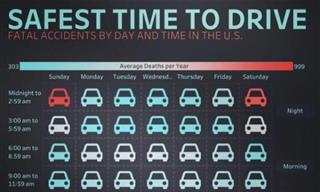
17 Terrific Charts to Expand Your General Knowledge
We have a treat for all lifelong learners. It’s a list of 17 charts that will enrich your knowledge in geography, nutrition, linguistics & anything in-between!

These Things Will All Happen in the Next 24 Hours
The world is incredibly busy, and doesn't stop moving for anyone. Millions of things happen every second but these 19 things will happen over the next 24 hours.
 13:02
13:02
Were You Aware of These English Language Mistakes?
Learn how to avoid some common English language mistakes by understanding some little-known truths.

These Photos Prove How Weird Our World Has Always Been
These strange yet intriguing photos depict what our world has gone through in its history.

14 Famous Disappearances That Still Baffle Investigators
These fanous disappearances haunt our collective imagination.
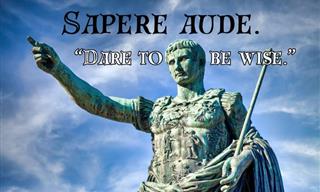
12 Roman Quotes and Proverbs Well-Worth Remembering
Each of these 12 Roman phrase offers a glimpse into the mindset of a civilization that shaped the Western world.
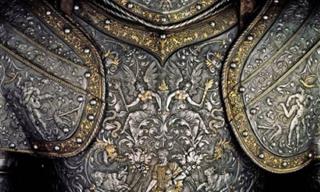
20 Age-Old Objects of Great Historical and Artistic Beauty
These 20 age-old artifacts have survived through the ages, and they’re here to tell the stories of their owners and creators.
 18:31
18:31
The Most Beautiful Asian Royal Crowns
This video will show you 10 famous crowns from Asia and their fascinating histories.
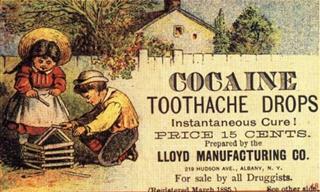
8 Bizarre Customs From Not-So-Long Ago
Here are 8 practices that used to be viewed as normal in the past, but today they seem bizarre, dangerous... or both!
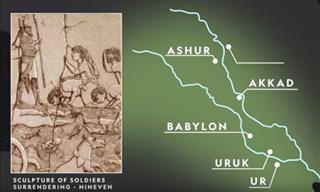 4:10
4:10
It's Time to Learn All About Ancient Mesopotamia
Learn all about Ancient Mesopotamia, once known as the 'land between two rivers,' in this informative video.

How Many of These Facts About Common Items Do You Know?
Do you know about these facts for common products?
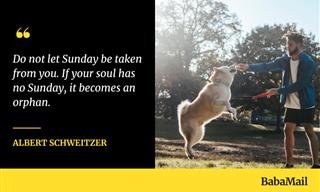
15 Sunday Quotes for Laughs, Reflection, and Rest
To celebrate the spirit of Sundays, we’ve gathered 15 quotes that capture the essence of this beloved day.

Work Safety? Never Heard of It!
The people involved in these construction fails and work safety violations have never heard of the phrase “Safety First!”
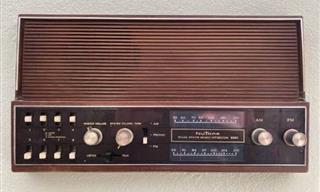
13 Old-School Home Items That Defined Life Before 1980
Take a trip down memory lane and revisit some of these vintage home items.
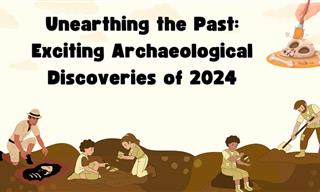
The Most Exciting Archaeological Discoveries of 2024
Let’s dig into the most fascinating archaeological moments of 2024.
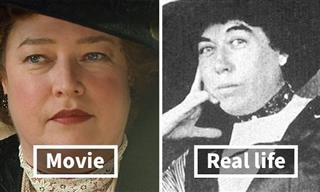
History vs. Hollywood: The Real Voyagers of the Titanic
A great many of the characters in the 1997 hit movie Titanic were based on real people. These are the stories and faces of the real voyagers of the Titanic.

Mysteries From Ancient History Science Still Can’t Explain
From buried treasures to undeciphered languages, this list contains 8 perplexing ancient mysteries.

10 Unspoiled Fossils of Animals & Other Items Explained
Every year, new amazing fossils are uncovered, and in this article, we explain some impressive recent finds.
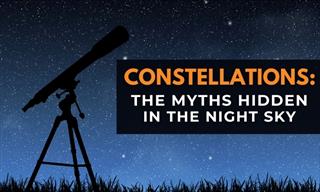
What’s Written in the Sky? 8 Greek Constellation Myths!
Have you ever wondered how constellations got their names? These stories from Ancient Greece reveal the mythology behind 8 prominent constellations in the sky.

8 Most Expensive Auction Items Sold in the Last Decade
This article explores the seven most expensive items sold at auction between 2015 and 2025
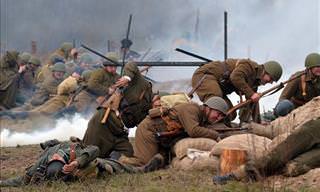
Experience the Dramatic Moments of WWII in Moving Color
This 13-episode television documentary series recounts the major events of World War II in HD color.

These 11 Alcoholic Drinks Have a Fascinating History!
In this article, we’ll tell you about the truly fascinating origins of 11 time-honored cocktails!
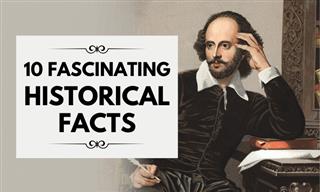
10 Fascinating History Facts You Probably Didn’t Know
In this article, we collected 10 absolutely fascinating historical facts, many of which touch upon the unexpected origins of concepts like New Year's resolutions.
To enable your Ad-Free Subscription, please fill the fields below
Your subscription was successful, now you can enjoy an ad-free experience!! Note: To make sure you get no ads, please make sure to log in to your account. If you are logged in already, then refresh the page. The subscription can be cancelled at any time.


